Reinventing the Aperitivo
Whether it’s Quattro Teste in Lisbon, Viva Madrid in… Madrid or Bar Olimpic in Barcelona, new-ish bars are giving the Aperitivo a facelift.
05 September 2023 · 9 min read

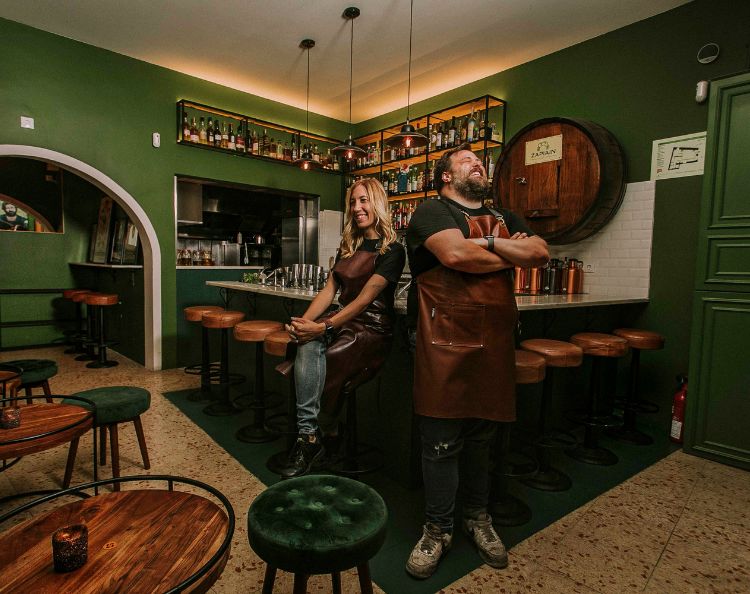
Although tequila, mezcal and the Margarita might disagree, we’d argue that the last few years have really been the years of the aperitivo. There might not be celebrities-owned vermouths (yet?), but the category’s rise seems unstoppable and the Negroni has become the world’s favourite classic cocktail, according to Drinks International’s The Cocktail Report 2023. Other pre-prandial favourites, such as the Dry Martini Cocktail, the Spritz, the Boulevardier or the Americano also make the top 20. Of those five cocktails, only the Dry Martini Cocktail has an impeccable American lineage. The other four were invented in Europe, and three of them are Italian. No surprise, then, that in the broader public’s mind, the aperitivo has become associated with Italy, almost exclusively. But Europe has two other aperitivo behemoths, just to the west of the country with a boot for a shape: France and Spain. The French apéritif has changed a lot since its glory years, but at least most who have travelled to the country know of pastis, the delightful, anise-forward liqueur that locals and tourists-alike dilute with copious amount of water on Provençal terrasses. Spain is a more complicated case. Its aperitivo culture is rich, and it’s impossible to claim you’re a connoisseur of food-and-drinks if you’re not into sherry. Spanish vermouth culture, as we’ve already discussed, is old and aromatised wine lovers are growingly aware of it. The country also has a couple of historically important vermouth-based cocktails —the Media Combinacion and the Marianito— that we’ve already covered too. But, unlike their Italian cousins, those drinks are barely known abroad, and even locals rarely order them. They’re regional specialties. It’s a shame, really.

Thankfully, however, a few bartenders have taken things in their own hands and tried to give a modern spin to storied and half-forgotten drinks that were all too often not taken seriously. As with many things in Spain, the pioneer here was Diego Cabrera.
The owner of multi-awarded Salmon Guru took over Viva Madrid, a 150-year-old tavern a stone-throw’s away from his flagship establishment, in 2017. Viva, as it is commonly called, is a city landmark because of its beautiful, tiled façade and eye-catching wood-panelled interiors. The fare was, however, middling. It was obviously built on Madrid’s holy trilogy of cañas (small, ice-cold glasses of beer), vermouth and tapas, but the quality was low. Cabrera decided to elevate the “trilogy” and introduced mixed drinks, with the Media Combinacion, the Spanish capital’s forgotten aperitivo cocktail, as the star serve.

The Media, as we’ve covered before, is a mix of two parts sweet vermouth with one part gin, a dash or two of orange liqueur and a healthy dose of bitters. Cabrera and team decided to consider this as a template and offered three different versions, including a provocative White Combinacion with pineapple syrup and gentian liqueur —after all, if the Negroni could have a white cousin, why couldn’t a bonafide Spanish classic too? Within months of relaunching Viva Madrid, other, lesser bars where already imitating Cabrera. As they say, it’s the sincerest form of flattery
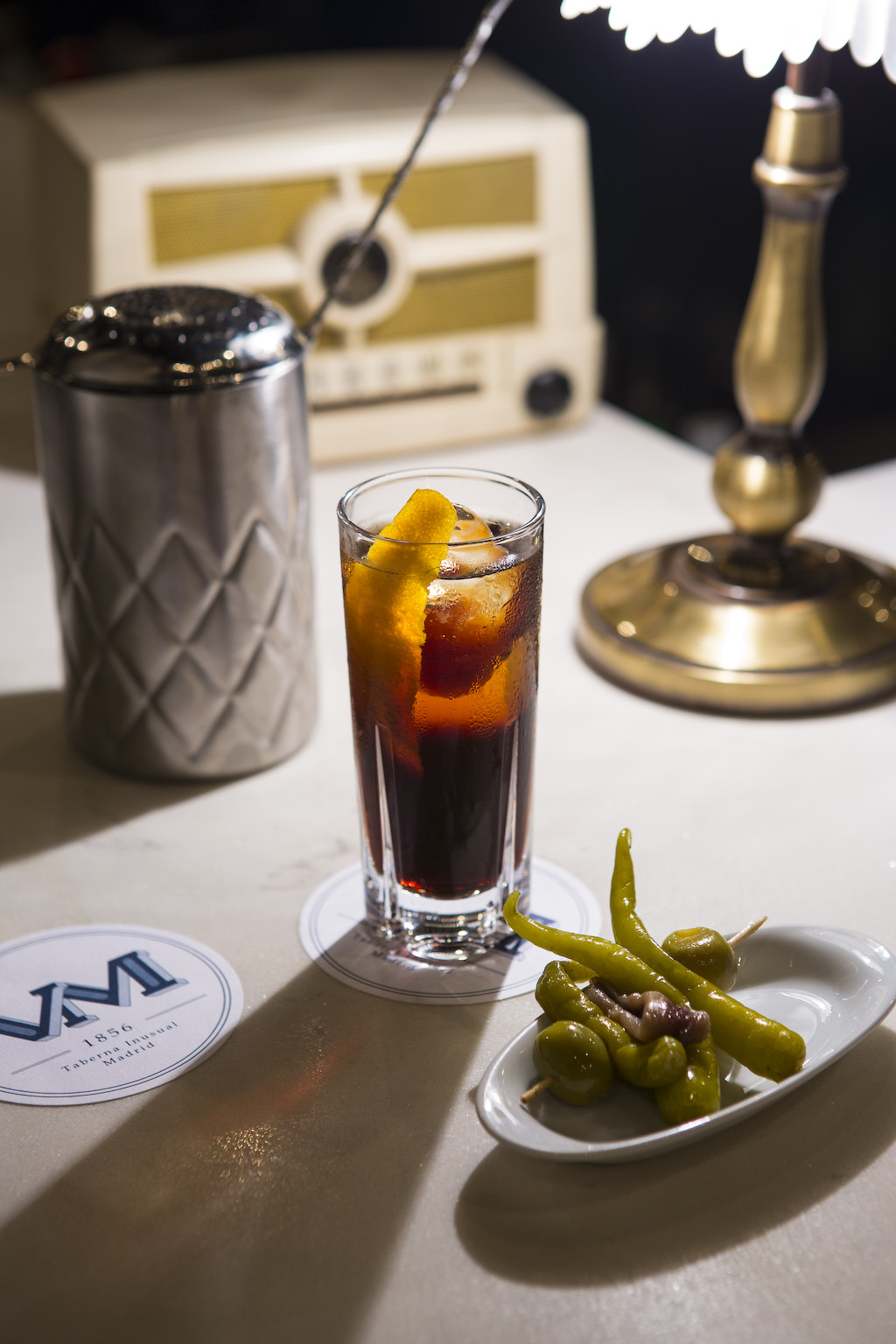
Another milestone on the road to reinventing and reclaiming the aperitivo, the Spanish way, was the opening in 2021 of Quattro Teste in… Lisbon. In Portugal, what you drink before dinner is beers. But Spaniard Alf del Portillo and Italian Marta Premoli thought there was an opportunity for a cocktail bar with a (non-exclusively) aperitivo focus in the trendy city.
It seems to be working - Quattro Teste was included in the World’s 50 Best Bars Discovery selection and earlier this year it was awarded three stars by Top Cocktail Bars, a Michelin-style list of bars from Spain and Portugal.
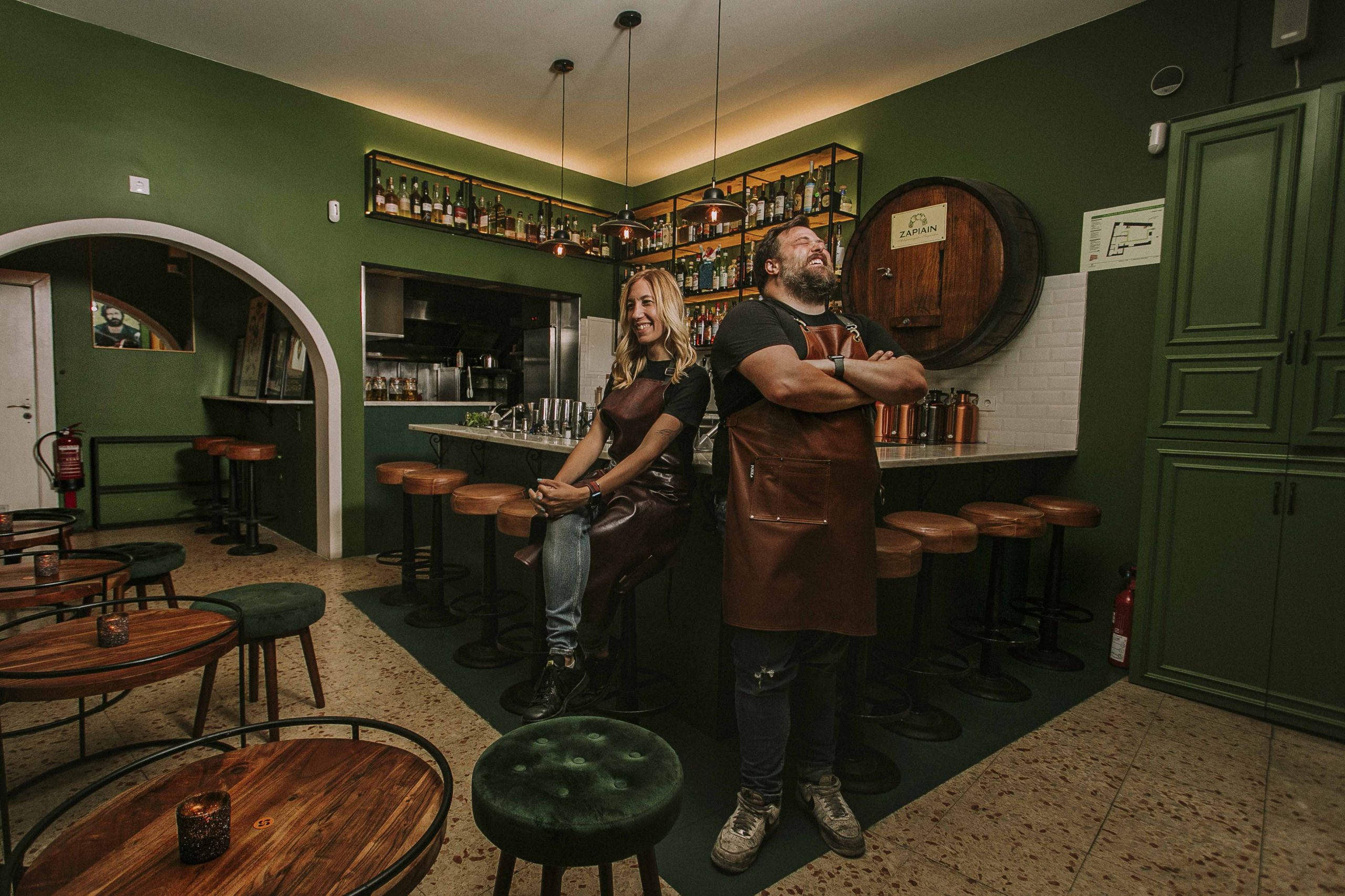
What people love about Del Portillo and Premoli’s work is how they cannily reinterpret drinks from three canons: the American (their Dirty Martini Cocktail with Basque pepper brine is spectacular), the Italian and, of course, the Spanish, with a focus on basque tradition (Del Portillo hails originally from Bilbao). For example, the Garibaldi turns Iberian with Patxaran (a typical sloe liqueur from Navarra) and apple cider vinegar, while the Paloma is given a pre-prandial mood by switching fino sherry and txakoli (a basque wine typically drunk before meals) for tequila.
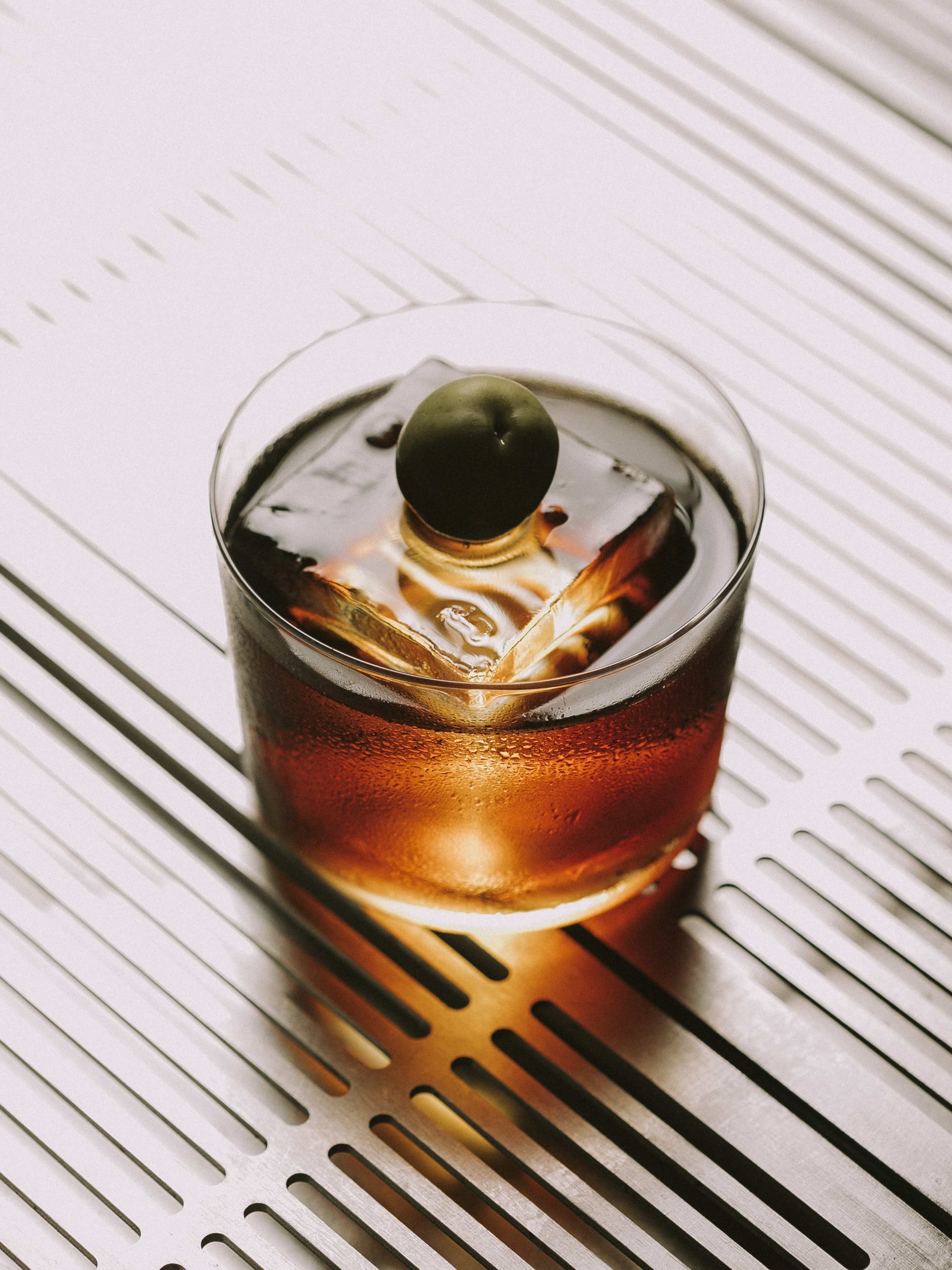
The cocktail that has gained most plaudit, thought, is their Kalimotxo, a drink of ill-repute in Spain. A blend of bad red wine and coke, the Kalimotxo is usually drunk by teenagers in parks and while it’s seen as exotic by travellers, it has never been taken seriously by Spanish drinksmiths.
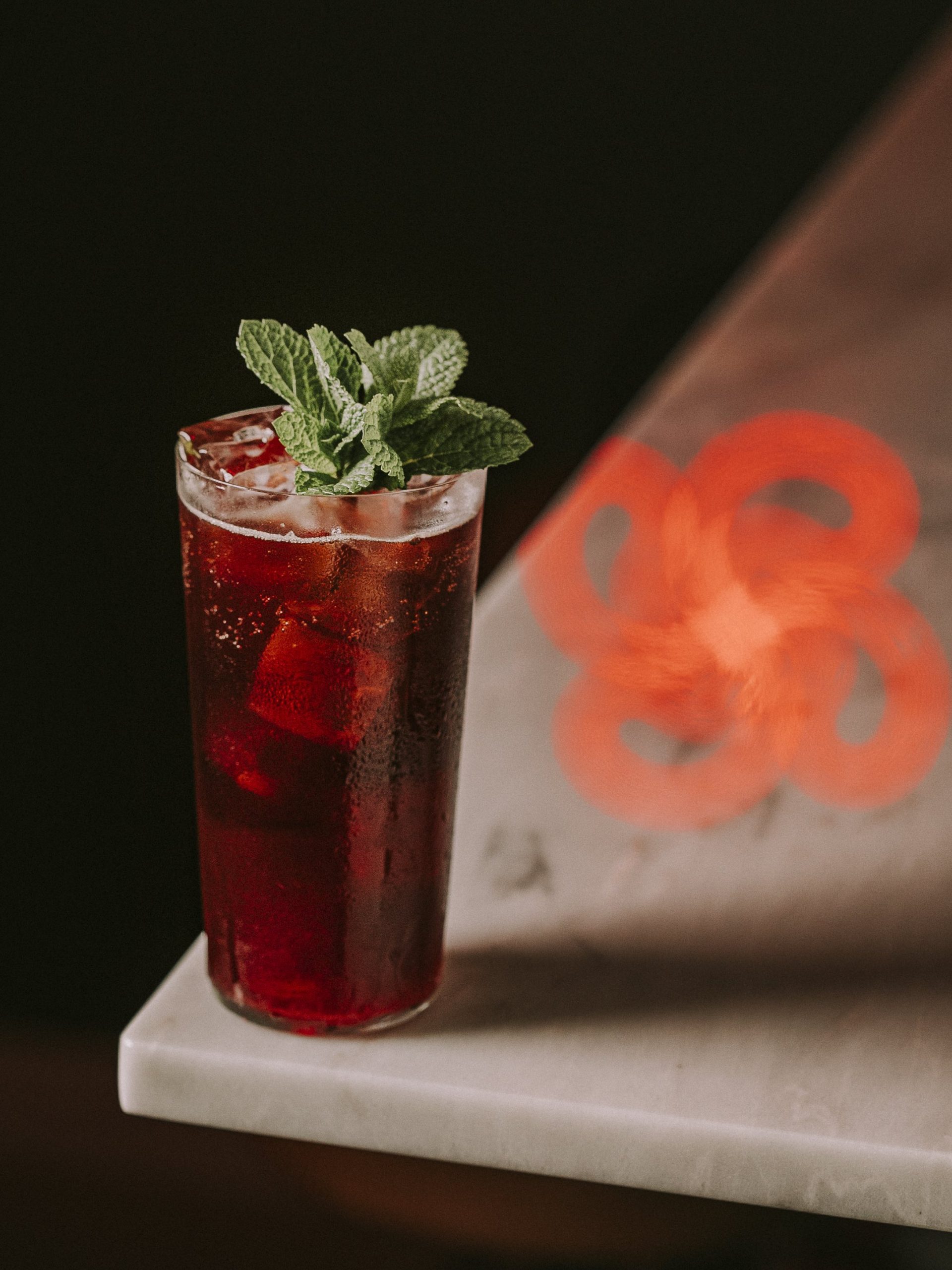
On top of a more traditional version livened up by citrus and raspberry, Quattro Teste also offers their aperitivo reinterpretation through the Amaro Kalimotxo, which prominently features two types of Italian bitter liqueurs. Heady stuff!
If Viva Madrid elevated the traditional Spanish tavern experience and Quattro Teste reinterprets high and low culture standards through a Basque-prism, the third and last bar we’re featuring here does things slightly differently. Barcelona’s Bar Olímpic has been a fixture of the city’s cheap, down-and-dirty drinking scene for half a century. It was recently taken over by Antonio Naranjo (ex Dr Stravinsky), Adal Marquez (ex Boadas) and Edir Malpartida (ex Dry Martini). Instead of upgrading it, the three partners decided to leave it be. It still has the look of a neighbourhood fixture, it still has its feel and it still has its prices (well, more or less).

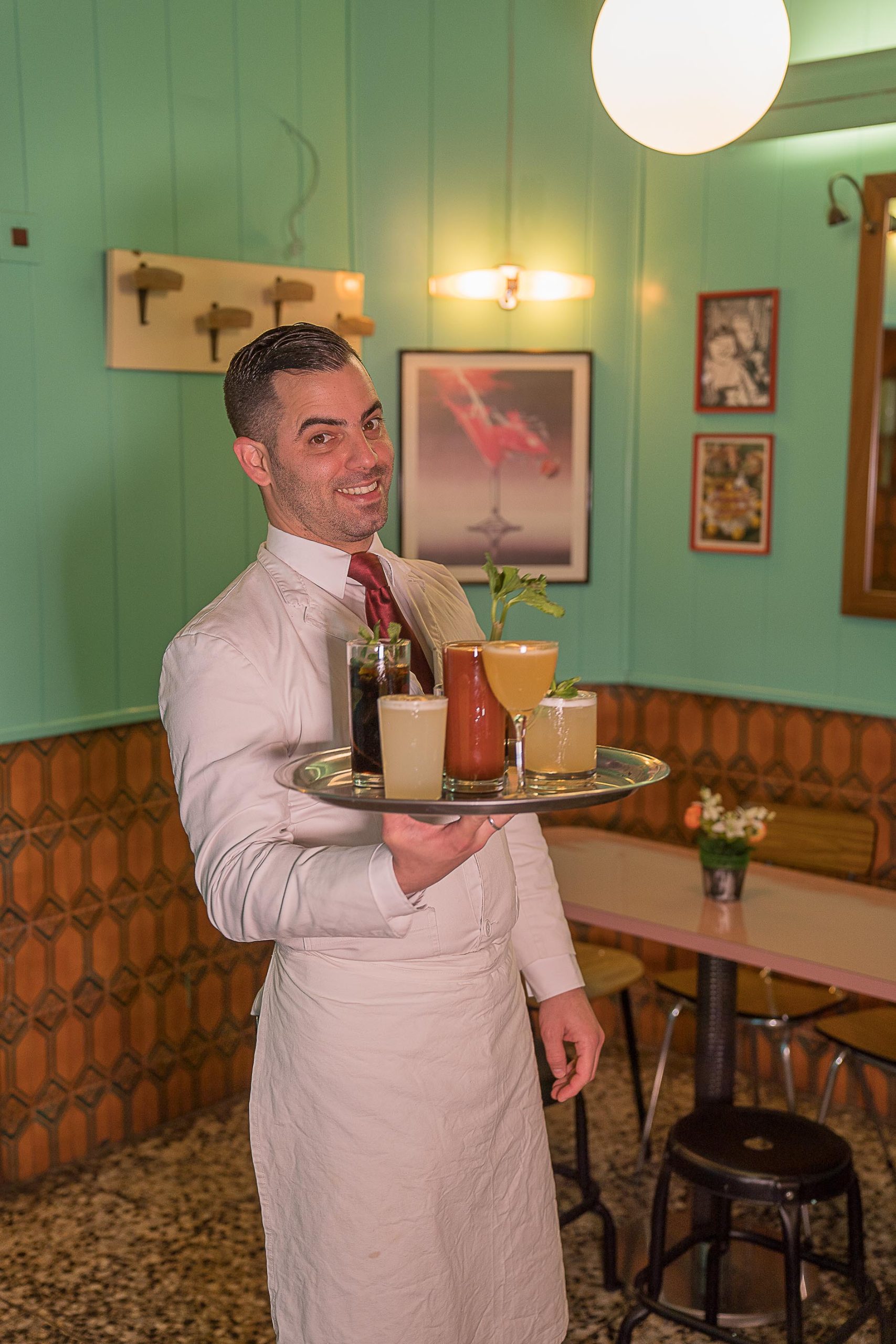
Typical Spanish bars always offered unpretentious mixed drinks, such as the Carajillo (brandy and coffee) or the Sol & Sombra (anis liqueur and brandy), and this is the inspiration for much of the menu at Bar Olímpic, with brandy playing an unusually big part (or anis, for example in the limoncello-based Bareto Fizz). The bar opens for lunchtime aperitivo sessions on Saturday and Sunday and, obviously, the star drink then is their delightful version of the Media Combinacion made with a French bitter liqueur.
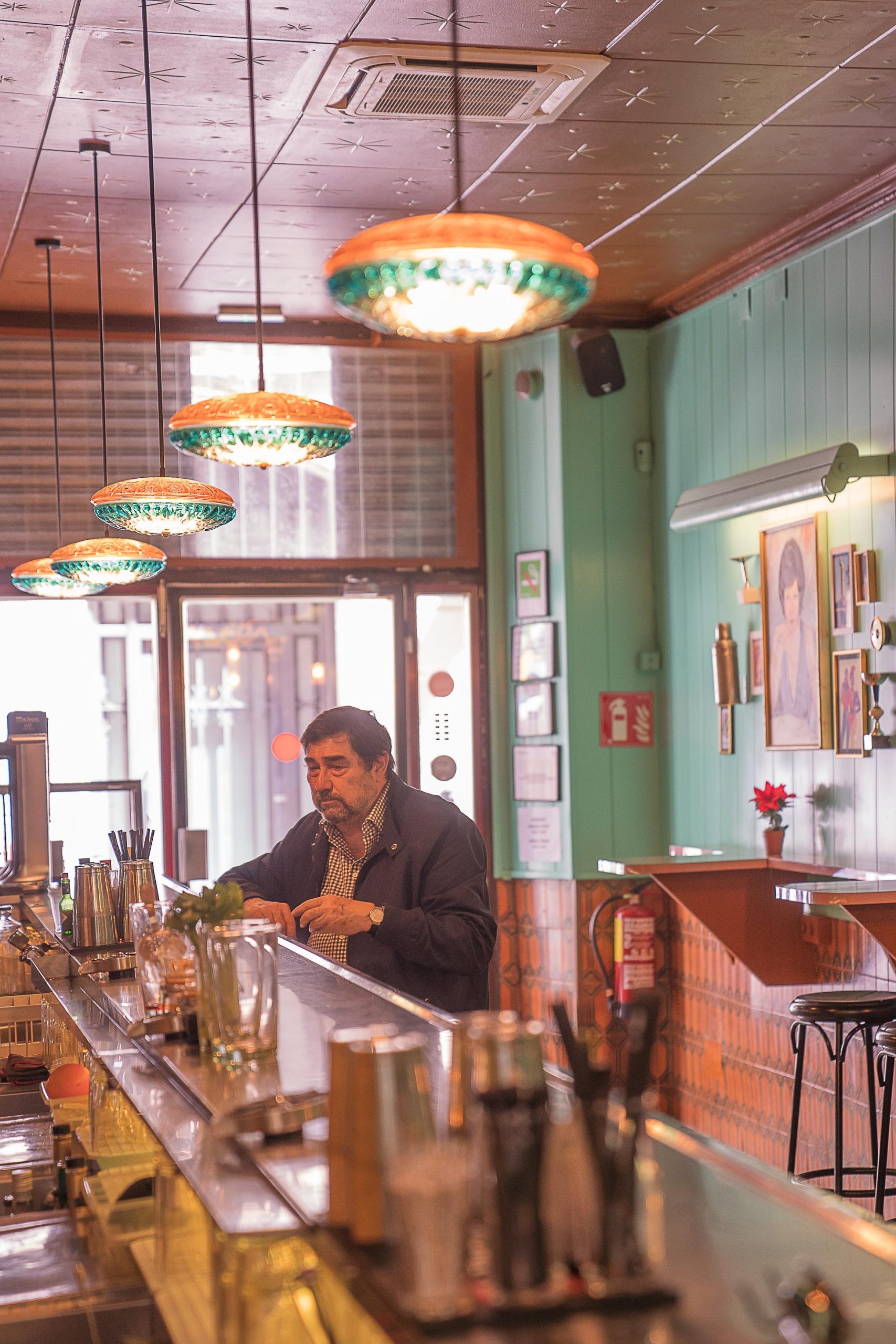
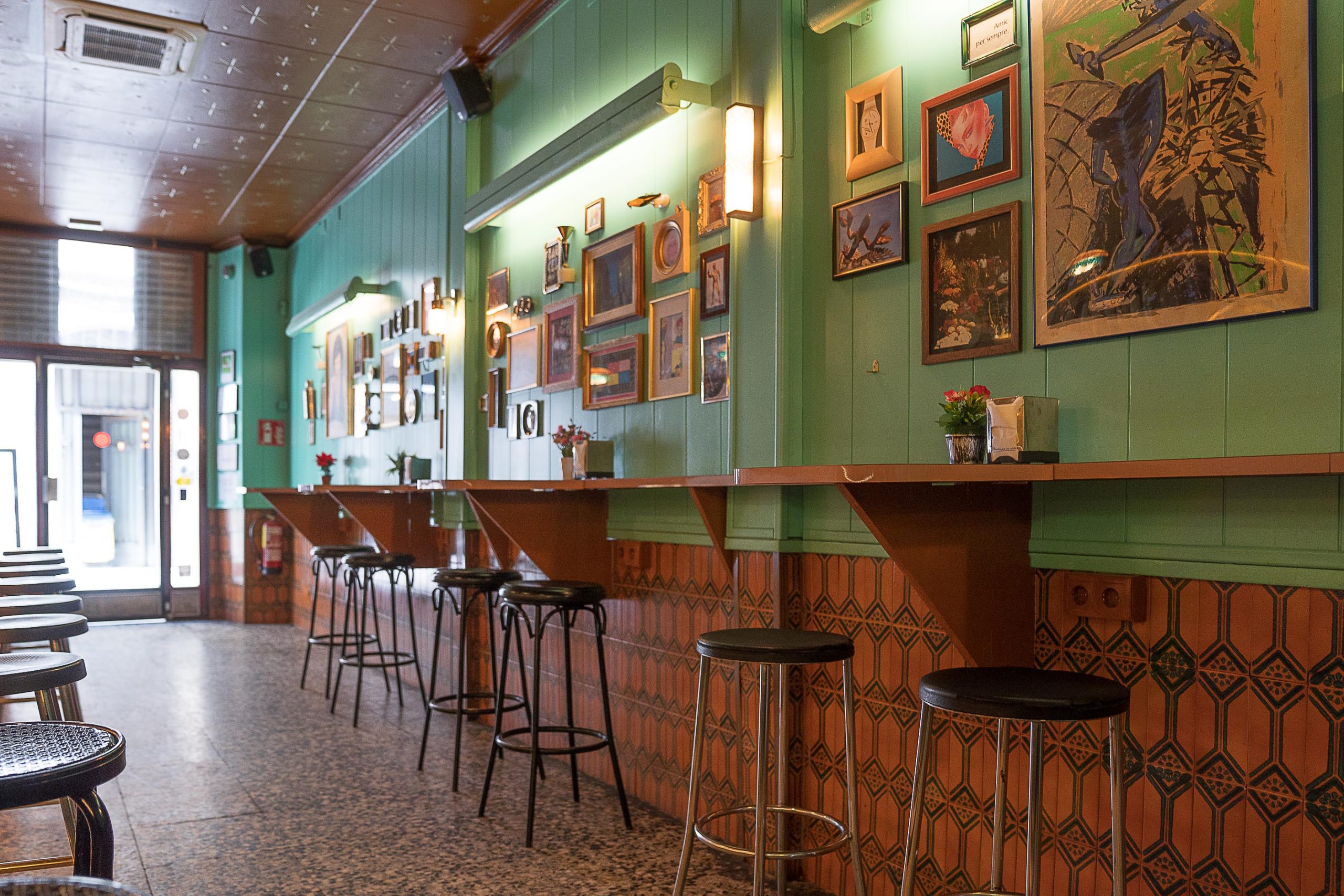
If those three bars make the case for taking Spain’s aperitivo tradition seriously in a cocktail setting, many more will be needed for this to become more than an anecdote. The team behind Bar Olímpic have already opened a Madrid outpost with a similar philosophy. They seem to hope to open more. Surely this is a sign that, in Spain at least, there’s a demand for this type of ‘reinvention’. ———— The views and opinions expressed in this article are those of the author and do not necessarily reflect those of Freepour.









